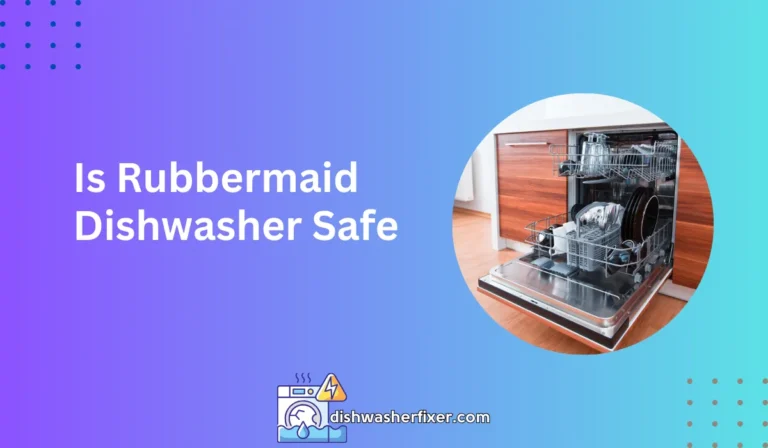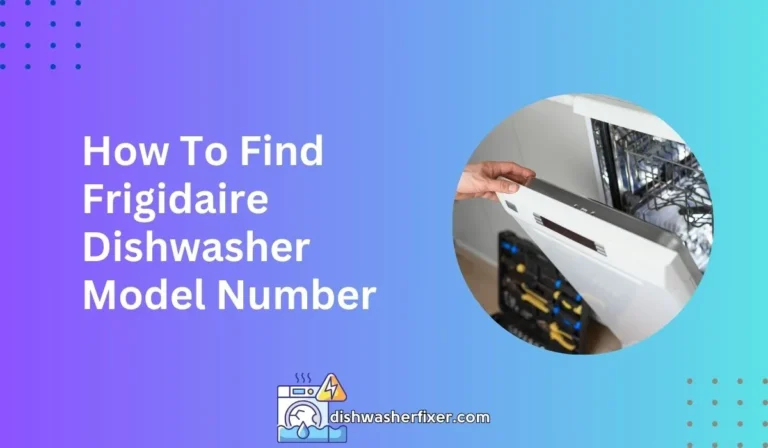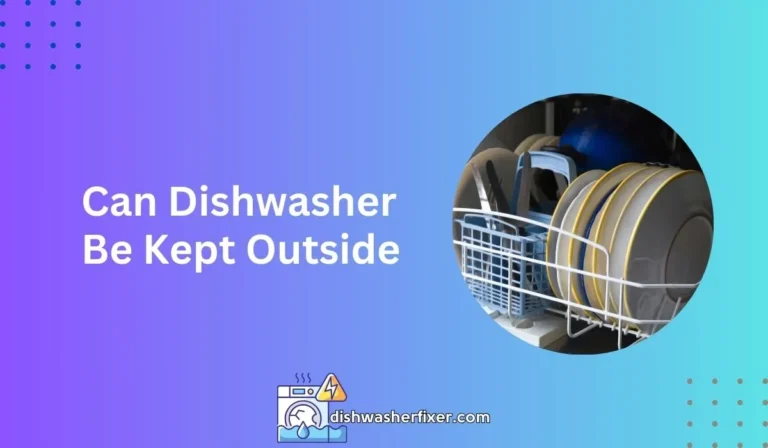How to Fix Whirlpool Dishwasher: Quick Troubleshooting Guide
To fix a Whirlpool dishwasher, first identify the issue: won’t start, not draining, or not cleaning properly. For power issues, check the power source and fuses. If it’s not draining, clean the filter and check the drain hose for clogs. For cleaning problems, ensure spray arms are unobstructed and spinning freely.
Common Issues and Troubleshooting Tips
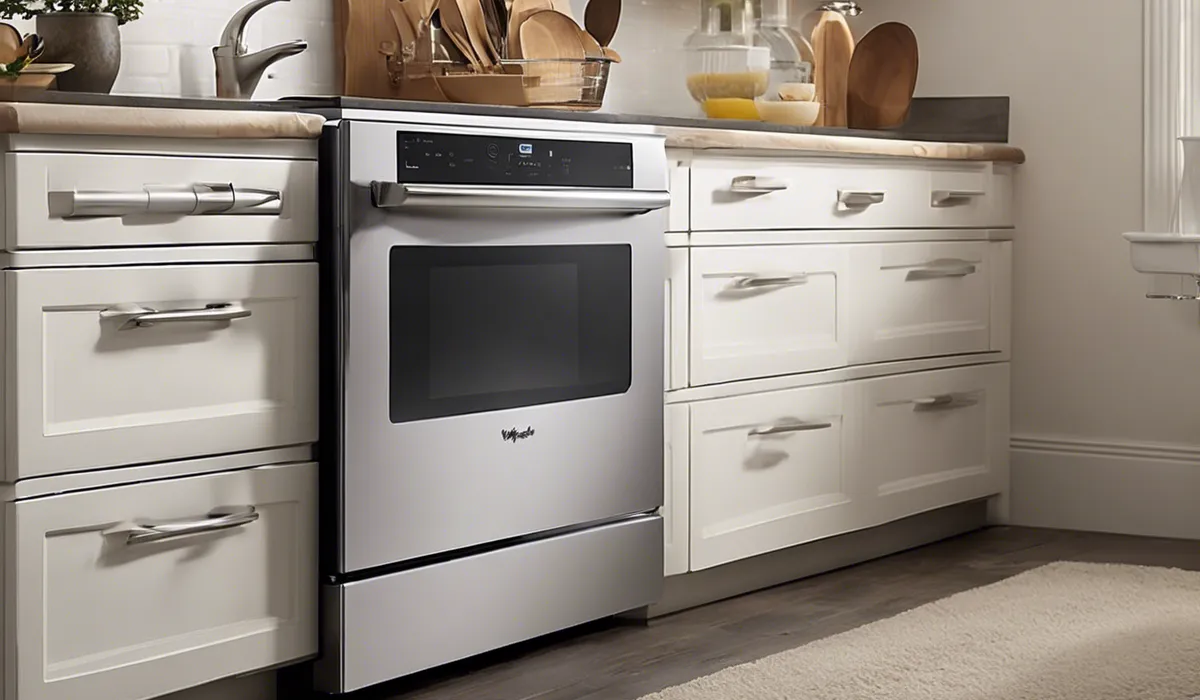
Not Starting: Power, Door Latch, and Control Lock
When your Whirlpool dishwasher refuses to start, the first step is to check the power source. Ensure the dishwasher is plugged in and the outlet is functioning. You can test the outlet by plugging in another device. Next, examine the door latch.
A dishwasher will not start if the door is not securely closed. If the door latch is faulty, it may need replacement. Additionally, your dishwasher might have a control lock feature.
This feature is designed to prevent accidental starts, especially if there are children in the house. Make sure the control lock is not activated by consulting your dishwasher’s manual for instructions on how to deactivate it.
Not Cleaning Properly: Spray Arms, Filters, and Water Temperature
If you find your dishes are not as clean as they should be, it might be due to blocked spray arms or clogged filters.
Check the spray arms to ensure they are not hindered by debris and can rotate freely, as this is essential for an even distribution of water during the cycle.
The filters should be clean and free from food particles. Clean them according to the manufacturer’s instructions.
Also, verify the water temperature. For optimal cleaning, the water should be at least 120 degrees Fahrenheit. If not, you might need to adjust your home’s water heater settings.
Not Draining: Drain Hose and Pump Check
A dishwasher that is not draining is often due to a clogged drain hose. Check the hose for kinks or obstructions and clear any blockages.
It’s also wise to inspect the dishwasher’s pump. If the pump is malfunctioning, it may need to be repaired or replaced. Remember, working with the pump involves dealing with electrical components, so safety should be your top priority.
Leaking Water: Door Seals and Gaskets Inspection
Leaks can cause significant damage to your kitchen floors and cabinets. Inspect the door seals and gaskets for any signs of wear and tear. If they are damaged, they will need to be replaced to maintain the watertight integrity of the dishwasher door.
Unusual Noises: Spray Arms and Motor Issues
Strange noises coming from your dishwasher can be alarming. Often, these sounds are caused by obstructed spray arms or a faulty motor.
Check the spray arms for trapped food particles or utensils that might be causing the noise. If the spray arms are clear, the motor or pump may be the issue and may require professional assessment.
Step-by-Step Repair Guides for Typical Problems
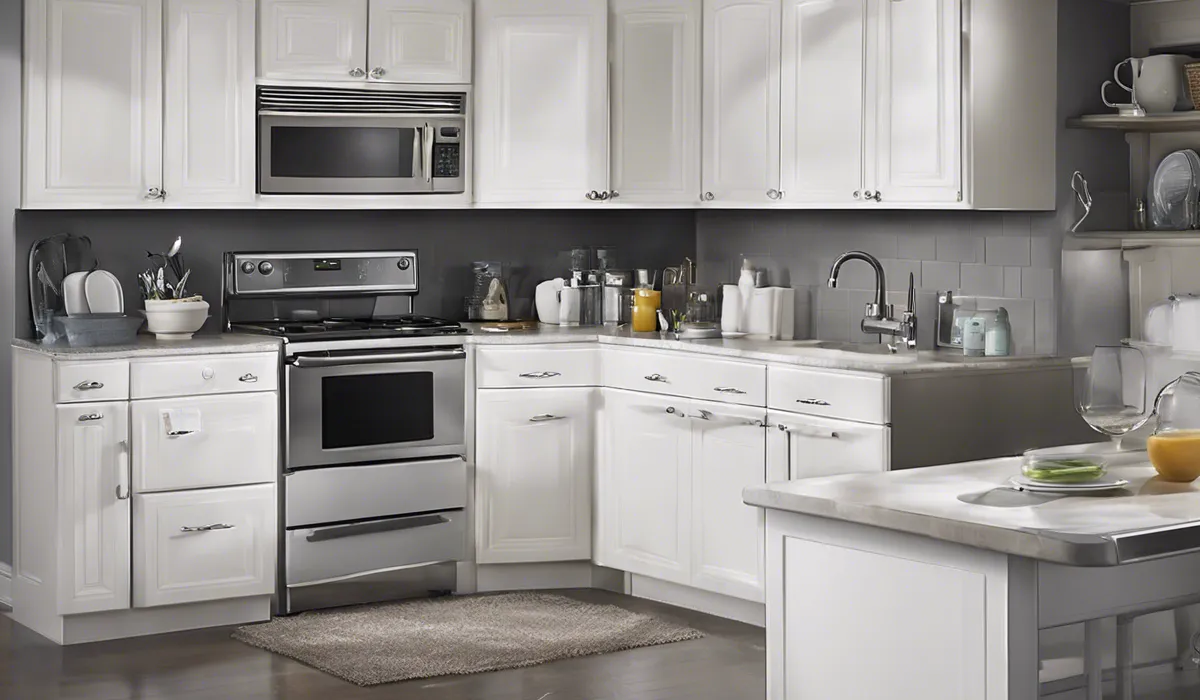
Replacing a Faulty Door Latch
If you’ve determined that the door latch is the problem, you will need to replace it. First, disconnect the power to the dishwasher. Remove the inner door panel to access the latch.
Unscrew the faulty latch, disconnect the wires, and replace it with the new one. Reassemble the door panel and restore power to the dishwasher.
Cleaning or Replacing Spray Arms and Filters
For spray arms, remove them according to the manual and rinse them under water to dislodge any debris. If they are damaged, you will need to install new ones. Filters should be cleaned regularly.
Remove the filter from the dishwasher’s floor and wash it thoroughly with soap and water. If it’s damaged, replace it with a new filter to ensure proper functioning.
Unclogging or Replacing the Drain Hose
If a blockage is present, detach the hose from the dishwasher and sink. Use a straightened coat hanger to remove any clogs.
If the hose is damaged, it’s best to replace it altogether to prevent future issues. Ensure that you reattach the hose securely to prevent leaks.
Installing a New Water Inlet Valve
When the water inlet valve is faulty, your dishwasher might not fill with water. Replace the valve by shutting off the water supply and disconnecting the power.
Access the valve, usually located at the bottom of the machine, remove it, and fit the new one in place. Reconnect the water supply and power, then test the dishwasher to ensure it fills correctly.
Replacing Door Seals and Gaskets
Door seals and gaskets are crucial for preventing leaks. To replace them, open the dishwasher door and carefully remove the old seal. Clean the area where the seal sits, and then press the new seal into place. Make sure it’s seated evenly to avoid any future leaks.
Repairing or Replacing a Malfunctioning Pump
Access the pump from the bottom of the dishwasher after disconnecting the power and water supply.
Remove the pump’s cover and clear any debris. If the pump is defective, remove it and replace it with a new one. Reassemble all parts and restore the connections before testing the dishwasher’s functionality.
Maintenance Tips to Prevent Future Issues
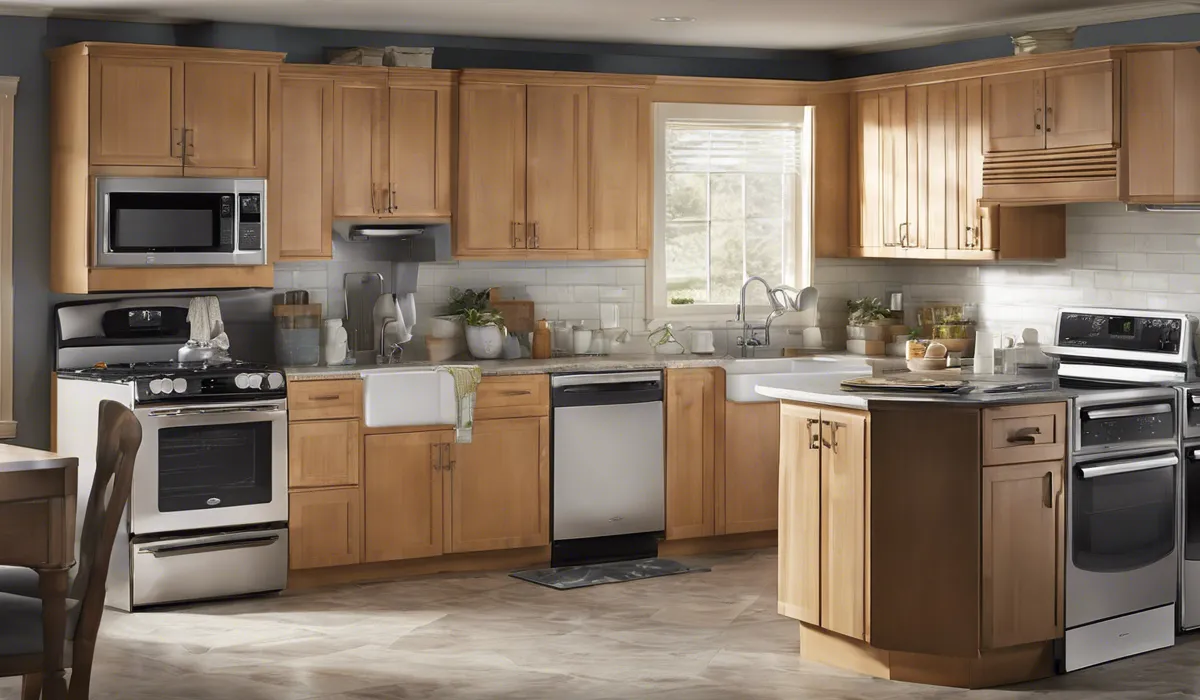
Regular Cleaning of Filters and Spray Arms
Maintain a regular cleaning schedule for your dishwasher’s filters and spray arms. This will prevent food particles from clogging the system and ensure that water can freely flow during the wash cycle.
Proper Loading Techniques
Load your dishwasher correctly to avoid obstructing the spray arms. Place dishes in such a way that the water and detergent can reach every surface.
Avoid overloading and ensure that nothing protrudes from the racks that could block the spray arms’ movement.
Using the Correct Detergent and Rinse Aid
Use only detergents and rinse aids that are specifically designed for dishwashers. These products help in breaking down food residues and prevent water spots on glassware.
Using the correct quantities as per the manufacturer’s recommendations can also make a significant difference.
Monthly Cleaning with a Dishwasher Cleaner
Use a dishwasher cleaner every month to remove buildup of grease and limescale, which can impair the machine’s performance over time. This will keep the dishwasher smelling fresh and working efficiently.
Checking and Tightening Connections
Periodically check and tighten the connections to your dishwasher. This includes the water supply line, the drain hose, and the power cord. Loose connections can lead to leaks and other malfunctions, so it’s crucial to ensure everything is secure.
FAQs About Fixing a Whirlpool Dishwasher
What should I check first if my Whirlpool dishwasher won’t start?
First, ensure the dishwasher is properly plugged in, the door is fully closed, and check your home’s electrical panel for any tripped breakers or blown fuses.
How can I fix my Whirlpool dishwasher that is not draining?
Clean the dishwasher filter, check for clogs in the drain hose, and make sure the air gap (if present) is not obstructed.
What do I do if my Whirlpool dishwasher isn’t cleaning dishes properly?
Ensure that the spray arms are free of debris and spinning properly, and check that the dishwasher is being loaded correctly to allow water circulation.
Can a clogged filter cause my Whirlpool dishwasher to malfunction?
Yes, a clogged filter can restrict water flow, leading to poor cleaning results and possible draining issues.
What should I do if my Whirlpool dishwasher has power but won’t run?
Check the control lock feature if your model has one, ensure the delay start feature hasn’t been activated, and inspect the door latch for proper operation.
Final Thoughts
Addressing a malfunctioning Whirlpool dishwasher involves pinpointing the issue—whether it’s starting up, draining, or cleaning dishes. Resolve power problems by inspecting the power supply and fuses.
For drainage issues, clean the filter and examine the drain hose for blockages. To improve cleaning performance, make sure spray arms are not hindered and can rotate freely.


